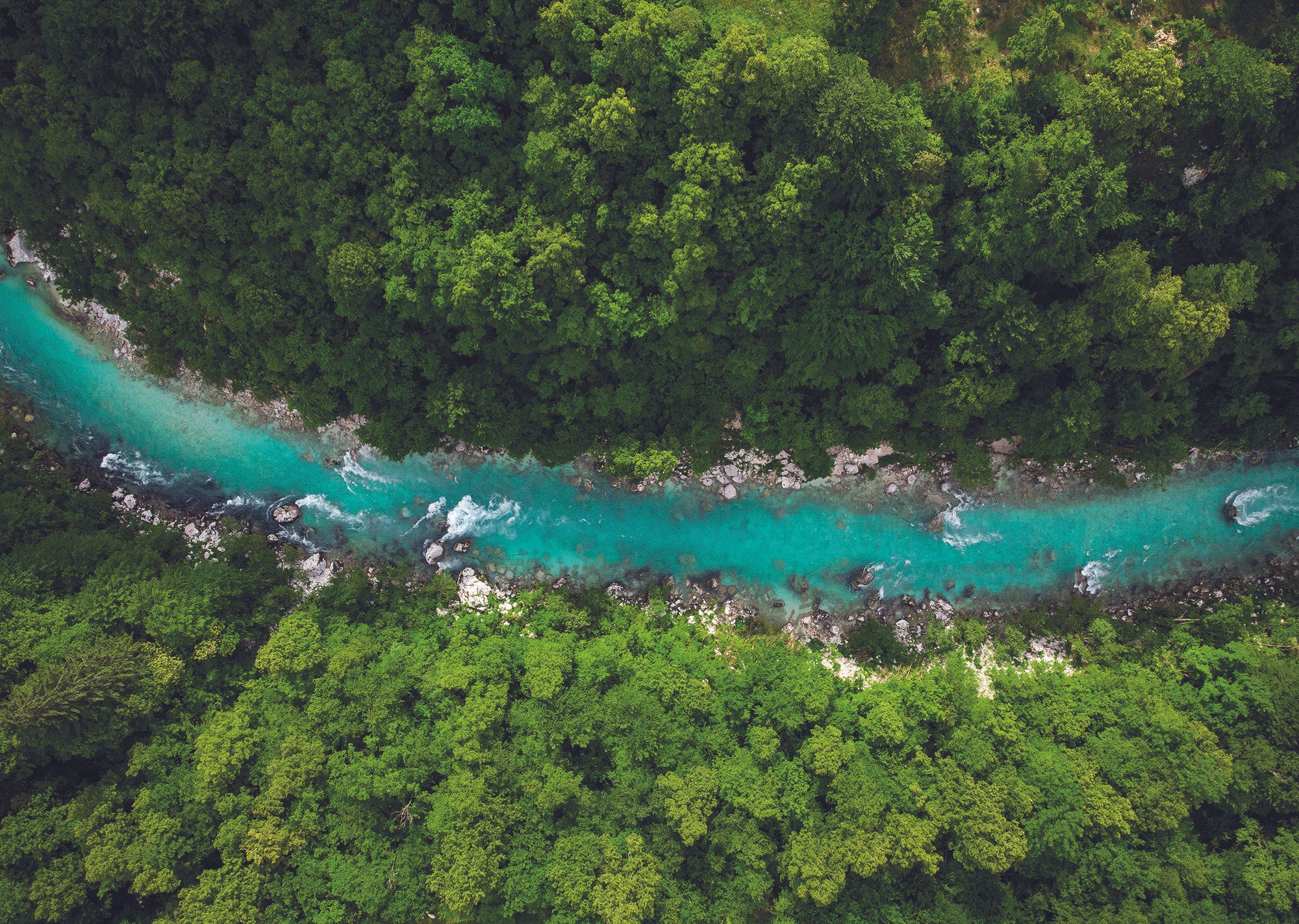In 2020, the COVID-19 crisis was a stark reminder of how critical access to safe water is for human health and livelihood and consequently for sustainable and inclusive development. With 2.1 billion people without access to safe water services and over 4.4 billion lacking access to safe sanitation, the world is not on track to meet its global commitments on water, most notably the Sustainable Development Goal on clean water and sanitation and the United Nations General Assembly Resolution on the human rights to safe drinking water and sanitation. Climate change only adds to the challenge. Due to the cross-sectoral and strategic nature of water, failure to deliver on water commitments is consequential for the achievement of other global agendas such as the 2030 Agenda, the Paris Agreement, the Sendai Framework and the New Urban Agenda.
The OECD Council Recommendation on water is a concise and coherent international standard that provides high-level policy guidance on the management of water resources and the delivery of water services. In addition to cross-cutting general principles, it focuses on managing water quantity, improving water quality, managing water risks and disasters, ensuring good water governance and ensuring finance, investment and pricing for water and water services.
Since its adoption by all OECD members in December 2016, the Recommendation has been recognised and valued as a source of inspiration for countries that adhered to it. It has helped several Adherents and non-Adherents think about water management more strategically and holistically to make policies and funding strategies more coherent across different policy areas. The Recommendation also served as a reference for other communities such as civil society and the private sector.
The Recommendation provides the analytical framework for demand-driven, country-specific policy dialogues, which aim to strengthen the policy and institutional frameworks for water management. For instance, it provided the backbone for the most recent water policy dialogues in Argentina, Brazil, Georgia, Kazakhstan, Korea, Moldova, and Peru. In each of these countries, sections of the Recommendation were used to assess the performance of water policies against best practices and provide tailored guidance to improve them with a view to align with the ambition and the substance of the Recommendation.
This Toolkit aims to support the implementation of the Recommendation. It documents a wide range of initiatives and practices in place in adhering countries, which are well-aligned with the ambition and the substance of the Recommendation, offering practical examples on how the Recommendation can be applied.
The Toolkit highlights area where Adherents have made significant progress towards the ambition of the Recommendation. In particular, Adherents generally have set long-term water planning instruments that consider the different and often uncertain factors that influence future water demand, water availability and exposure to water-related risks. All Adherents have adopted water efficiency measures, and there have been significant reforms of water allocation regimes to make them fit for future challenges. Similarly, all Adherents have made significant investments in maintaining or improving water quality levels, considering different water uses and emerging concerns. A broad adoption of good practices to identify, assess and reduce exposure to water related risks can be observed, with several Adherents promoting a holistic approach to sharing and managing these risks. Moreover, most Adherents have applied the OECD Principles on Water Governance (which were embodied verbatim in Section VI of the Recommendation) to improve institutional and regulatory frameworks across different scales, stakeholders and sectors. Finally, the Toolkit documents practices in the design of economic policy instruments to manage water use efficiently and in an equitable manner, and the adoption of other financing mechanisms to meet investment needs.
The Toolkit also documents significant challenges that Adherents face in making further progress in implementing the Recommendation. For example, in effectively and continuously engaging stakeholders in water management planning processes. Moreover, although the usefulness and effectiveness of jointly managing water quality and quantity is recognised, actual good practices (such as nature-based solutions) are lagging behind. Similarly, water efficiency is affected by distorting incentives to use more water, even in stressed areas (e.g. for agriculture). Monitoring capacities for many contaminants are still lacking and investment in improving water quality is constrained. Additionally, coastal risks are not as well assessed and monitored as other water-related risks, even though their damage potential could be significantly higher. Finally, there is room to further improve the design and use of economic policy instruments, in alignment with the Polluter Pays principle and the Beneficiary Pays principle, and to disseminate promising financing mechanisms to meet investments needs (including proven models and innovative approaches, such as blended finance).
To support identified areas of improvement, the Toolkit suggests that three sets of issues could be explored to further facilitate Adherents’ alignment with the ambition of the Recommendation. The first relates to the management of intensifying water challenges due to a changing climate, the risk of the conjunction of multiple crises (such as flood risks and a pandemic) and the interface between water and health. The second set of issues relates to the increase in projected investment needs to cope with these emerging challenges at a time of increased pressure on public finance. The third relates to the important role of data and information, where Adherents would benefit from concrete guidance on how new sources of data, analytics and artificial intelligence may be better able to support water agendas, policies and governance. These issues provide food for thought for further collaboration towards the development of good practices in line with the ambition of the Recommendation.
The Toolkit is meant to be a living document. It will be enriched by new developments in Adherent countries and will also benefit from the experience of countries, which will adhere to the Recommendation. As such, the Toolkit provides opportunities for further exchange, capacity building, and thereby can accelerate the adoption of policies, governance and practices that contribute to water security and sustainable growth.





